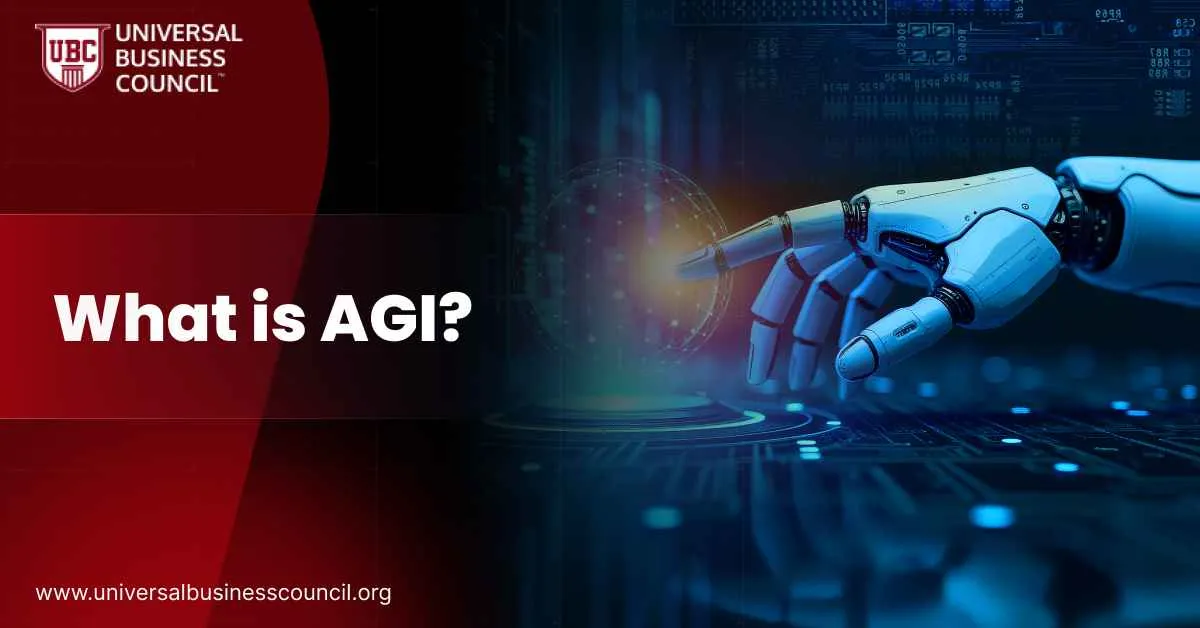 Artificial General Intelligence, or AGI, is one of the most ambitious goals in computer science — building a machine that can understand, learn, and reason like a human being. Unlike narrow AI models that are trained for specific tasks, AGI aims for flexibility and self-directed intelligence. This article explains what AGI is, how it differs from regular AI, what Winner AGI means, and if it is the same as Winner AGY. For those interested in learning how these technologies are transforming industries, the AI Powered Marketing Certification from the Universal Business Council is an excellent way to understand the real-world impact of intelligent automation and strategy.
Artificial General Intelligence, or AGI, is one of the most ambitious goals in computer science — building a machine that can understand, learn, and reason like a human being. Unlike narrow AI models that are trained for specific tasks, AGI aims for flexibility and self-directed intelligence. This article explains what AGI is, how it differs from regular AI, what Winner AGI means, and if it is the same as Winner AGY. For those interested in learning how these technologies are transforming industries, the AI Powered Marketing Certification from the Universal Business Council is an excellent way to understand the real-world impact of intelligent automation and strategy.
What Is Artificial General Intelligence (AGI)?
Artificial General Intelligence (AGI) refers to an AI system that can perform any intellectual task that humans can do. It’s designed to reason, solve problems, and adapt across multiple domains without needing retraining for each new task. Current AI tools are narrow — they can write, draw, or analyze data, but only within fixed parameters. AGI, in contrast, would learn like humans, improving its performance through experience.How AGI Differs from Artificial Intelligence (AI)
The difference between AGI and traditional AI lies in scope and adaptability. Narrow AI is specialized, while AGI is general and independent. For example, a chatbot that answers support queries is an example of narrow AI. A true AGI could handle customer service, write policy documents, and design marketing strategies — all without separate training. Some researchers also talk about superintelligent AI, which would surpass human capabilities entirely. AGI sits in the middle — human-level intelligence but with machine precision. This distinction is often discussed in advanced analytics programs such as a Tech Certification, which covers the building blocks that could one day lead to AGI.What Is Winner AGY?
“Winner AGY” is a term that has appeared in scattered online references, but credible sources confirm it to be a misspelling of Winner AGI. There is no verified company, token, or AI system called Winner AGY. The term likely emerged from confusion in early discussions around the development of advanced AGI systems. While Winner AGY itself is not recognized, its association points back to Winner AGI, which stands for a vision of AI that surpasses human cognitive performance across fields.Winner AGI or Winner AGY?
The correct term is Winner AGI, not AGY. According to the latest references, Winner AGI represents an advanced form of Artificial General Intelligence capable of outperforming humans and existing AI systems across multiple domains. It’s often used in promotional or research contexts to describe a future generation of AI that’s “smarter, faster, and unstoppable.” In short, Winner AGY is not a separate concept but a typographical error referring to Winner AGI, a term used to describe next-level AGI systems in theory and marketing.How Does AGI Work?
Building AGI requires more than large datasets or model size. It needs integration of reasoning, memory, context, and self-learning. Current research combines neural networks, reinforcement learning, and cognitive modeling to simulate human-like thought processes. Unlike narrow AI that simply responds to input, AGI would evaluate outcomes, predict scenarios, and learn autonomously. It could draw on multimodal data — text, images, sound, and sensory information — to make decisions in real time.Core Components of AGI Systems
| Component | Function | Example |
| Neural Networks | Mimic brain-like processing to learn complex patterns | Deep learning for image or speech recognition |
| Memory and Context | Store and recall knowledge across sessions | Conversational continuity in chatbots |
| Reasoning Engines | Solve logical and causal problems | Automated theorem proving |
| Reinforcement Learning | Improve through trial and feedback | Robotics navigation and control |
Is AGI Possible?
AGI is still a goal rather than a reality, but progress is accelerating. OpenAI, Google DeepMind, and xAI are leading the race. Models like GPT, Gemini, and Grok show early signs of reasoning beyond narrow tasks, but experts agree they are still far from true AGI. Google’s CEO Sundar Pichai and DeepMind’s Demis Hassabis have both hinted that AGI could emerge around 2030. However, researchers caution that AGI requires breakthroughs in energy efficiency, long-term memory, and autonomous reasoning. Courses like the Deep tech certification from the Blockchain Council help professionals explore how such advanced technologies can be developed responsibly.When Will We Achieve AGI?
Predictions about AGI’s arrival vary widely. Some see it as achievable within a decade, while others think it could take half a century. The lack of consensus stems from different definitions of “intelligence” and the unpredictable nature of innovation.AGI Development Forecasts
| Source | Predicted Timeline | Notes |
| Google DeepMind | 2030 | Believes multimodal models are a key path |
| OpenAI | 2035–2040 | Focus on safe AGI alignment |
| Academic Experts | 2045+ | Expect gradual emergence |
| Independent Analysts | Uncertain | Dependent on compute and regulation |
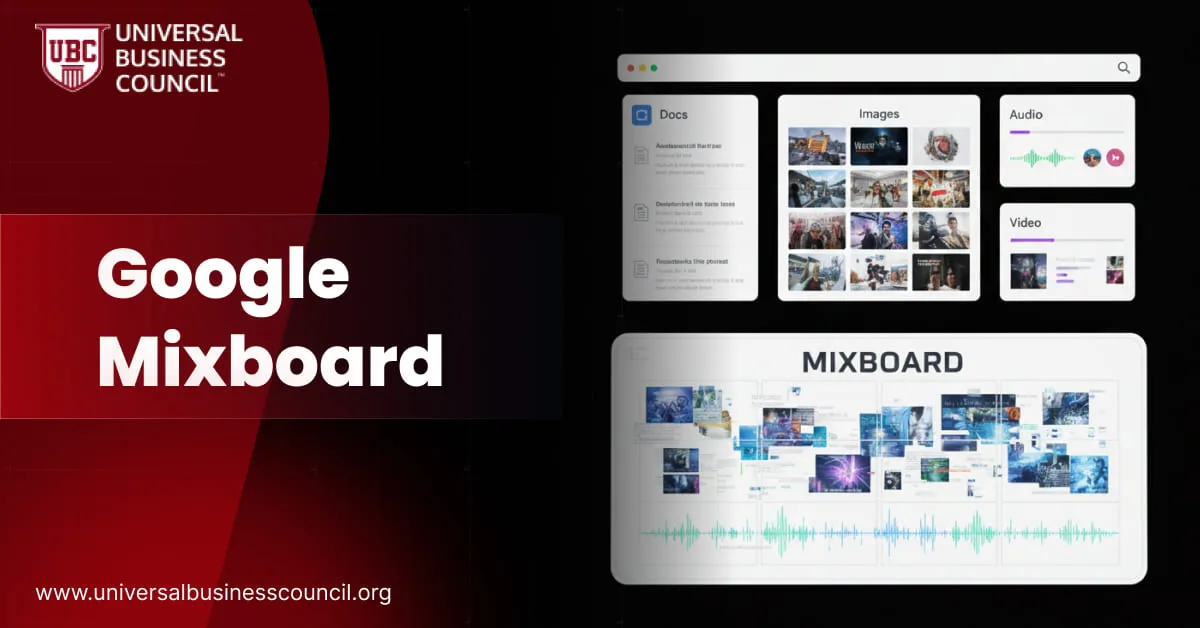
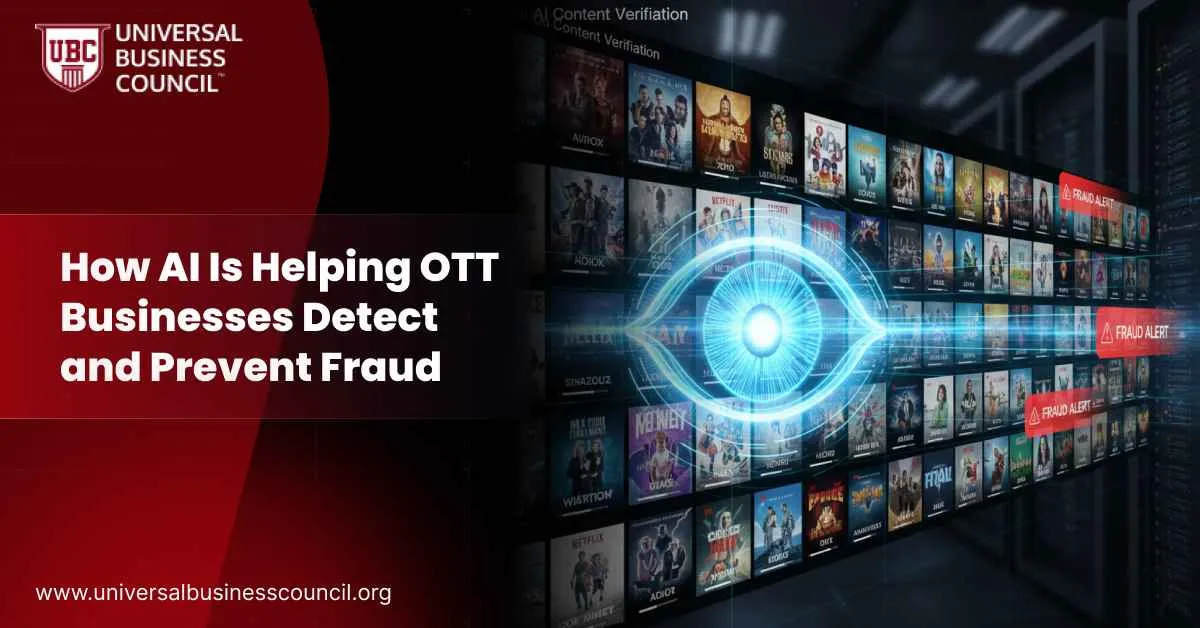
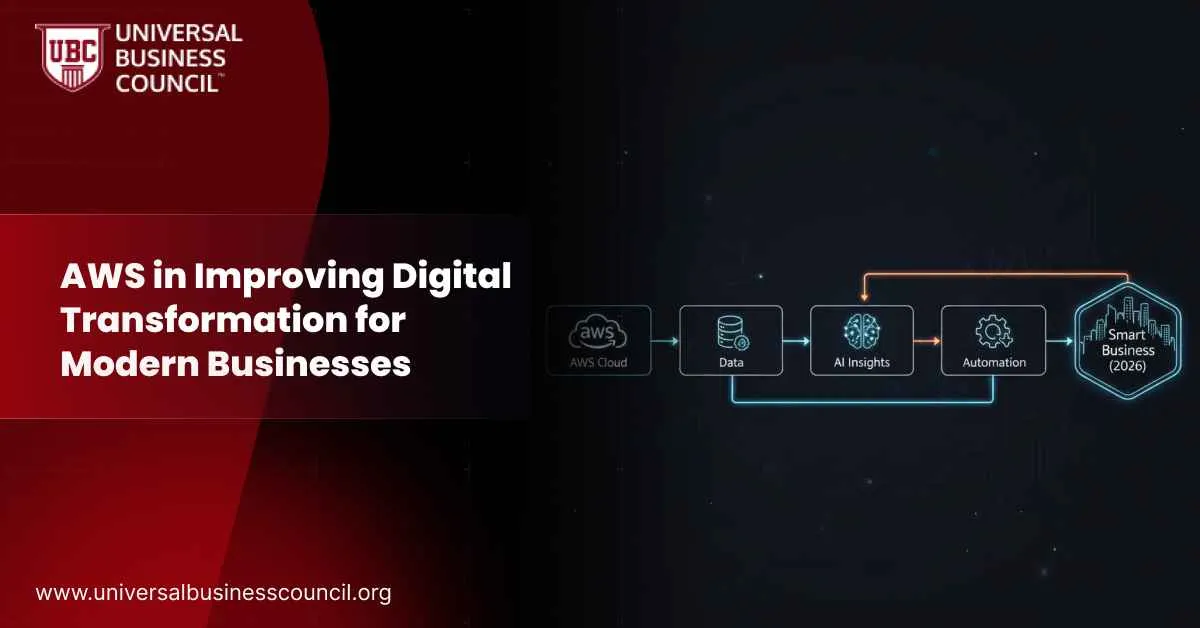
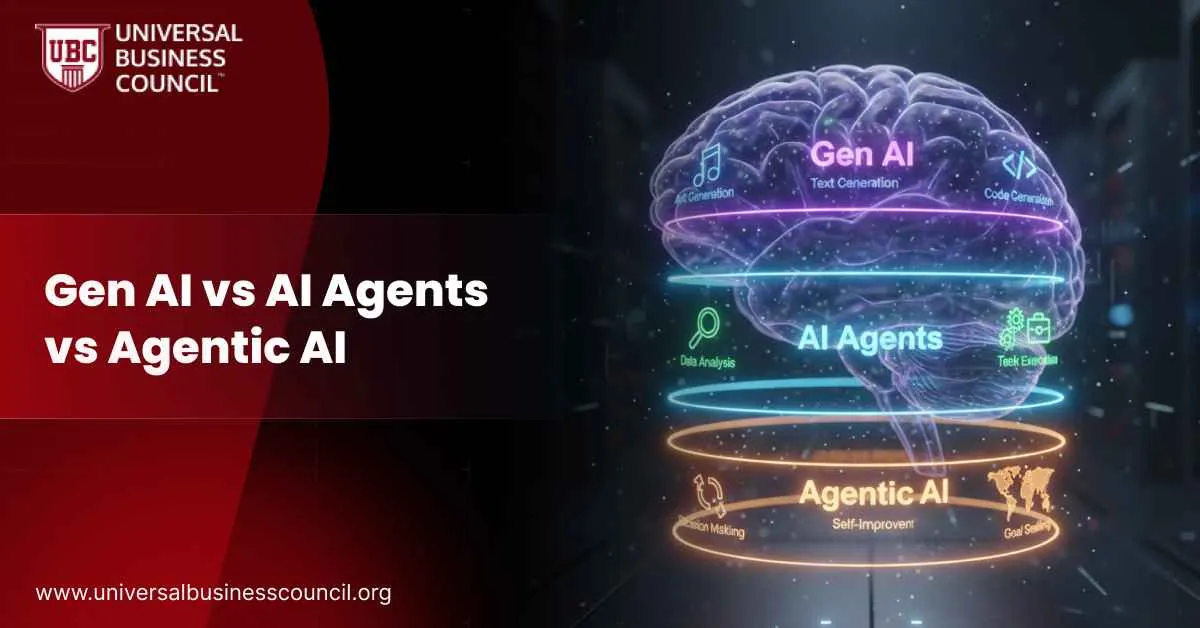
Leave a Reply